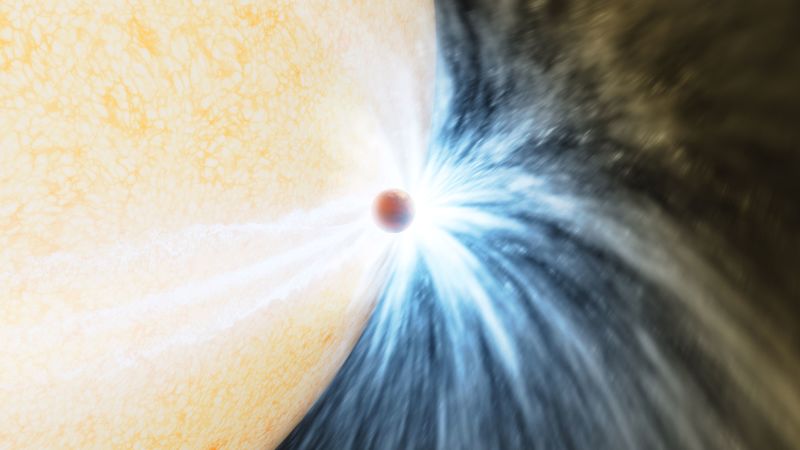Oh my. Kind of like Mr. Musk's twitter ... impressive as heck anyway ... whole thing worth watching ...
Gassho, J
stlah
SpaceX's uncrewed Starship explodes on launch attempt (at 4:00 minute mark)
After liftoff, SpaceX's Starship exploded in midair on first launch attempt. The most powerful rocket ever constructed is uncrewed.
"Starship just experienced what we call a rapid unplanned disassembly," an official said on the broadcast.
Some context: SpaceX is known to embrace fiery mishaps during the rocket development process. The company maintains that such accidents are the quickest and most efficient way of gathering data, an approach that sets the company apart from its close partner NASA, which prefers slow, methodical testing over dramatic flareups.
After liftoff, SpaceX's Starship exploded in midair on first launch attempt. The most powerful rocket ever constructed is uncrewed.
"Starship just experienced what we call a rapid unplanned disassembly," an official said on the broadcast.
Some context: SpaceX is known to embrace fiery mishaps during the rocket development process. The company maintains that such accidents are the quickest and most efficient way of gathering data, an approach that sets the company apart from its close partner NASA, which prefers slow, methodical testing over dramatic flareups.
Gassho, J
stlah





















Comment